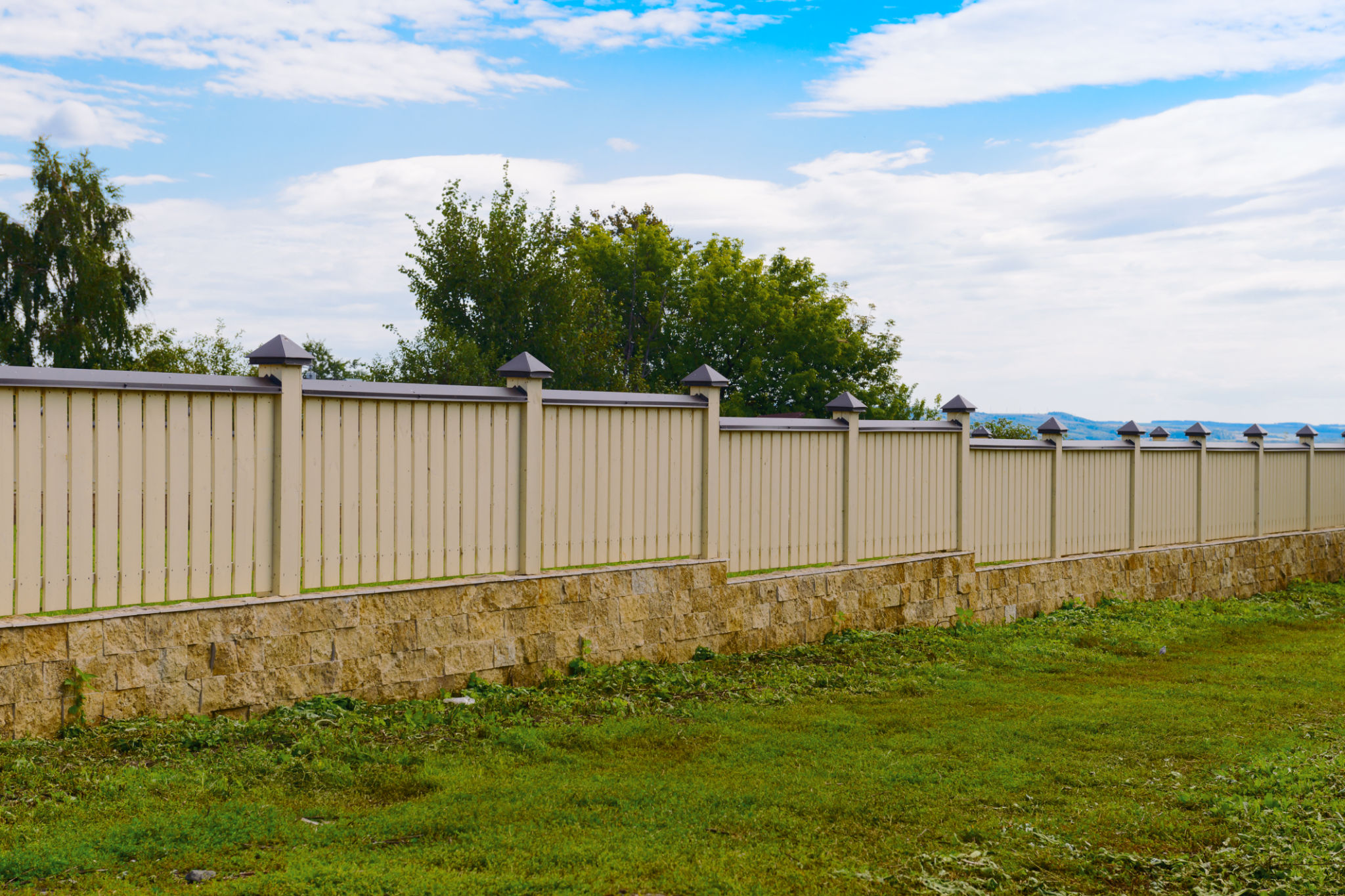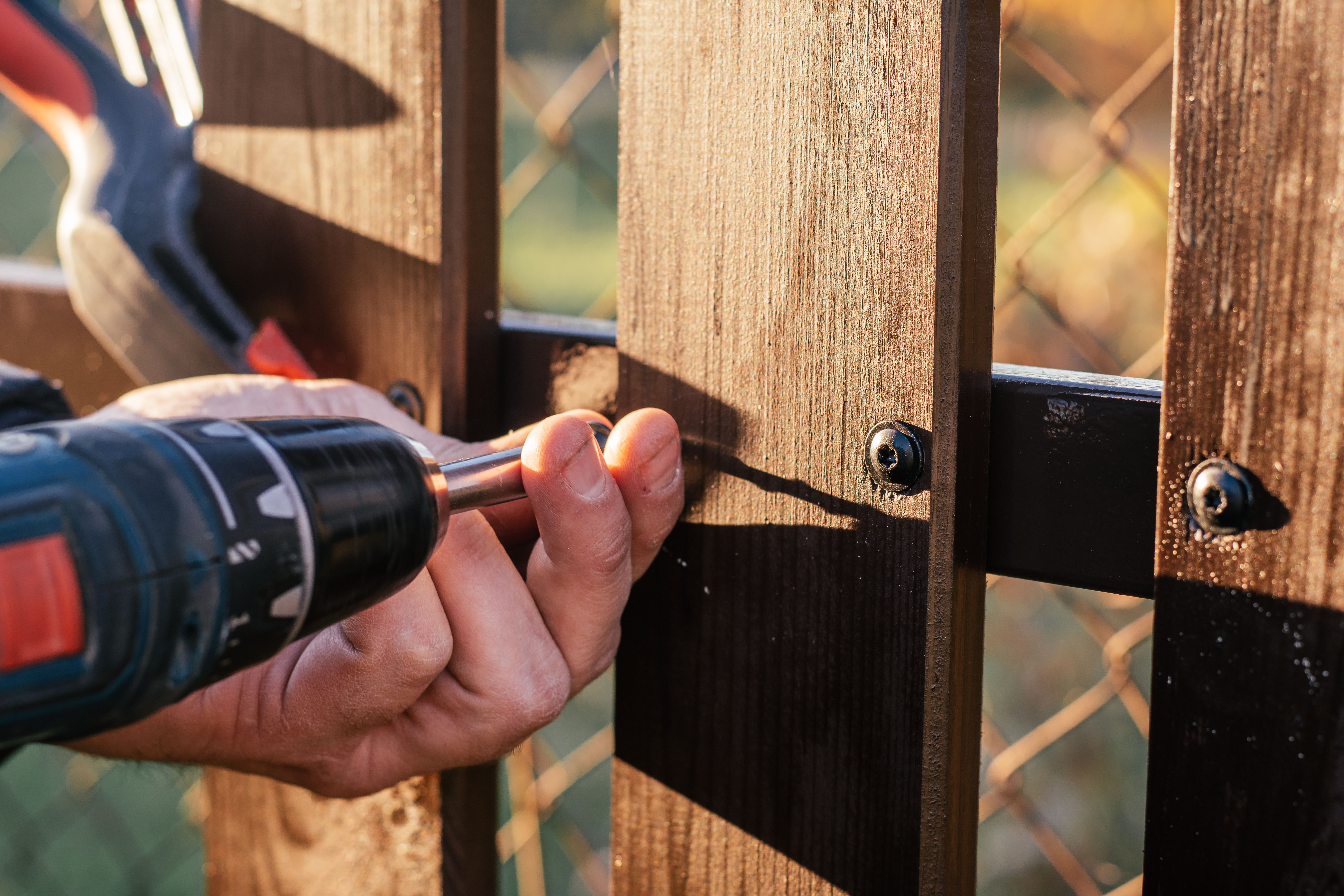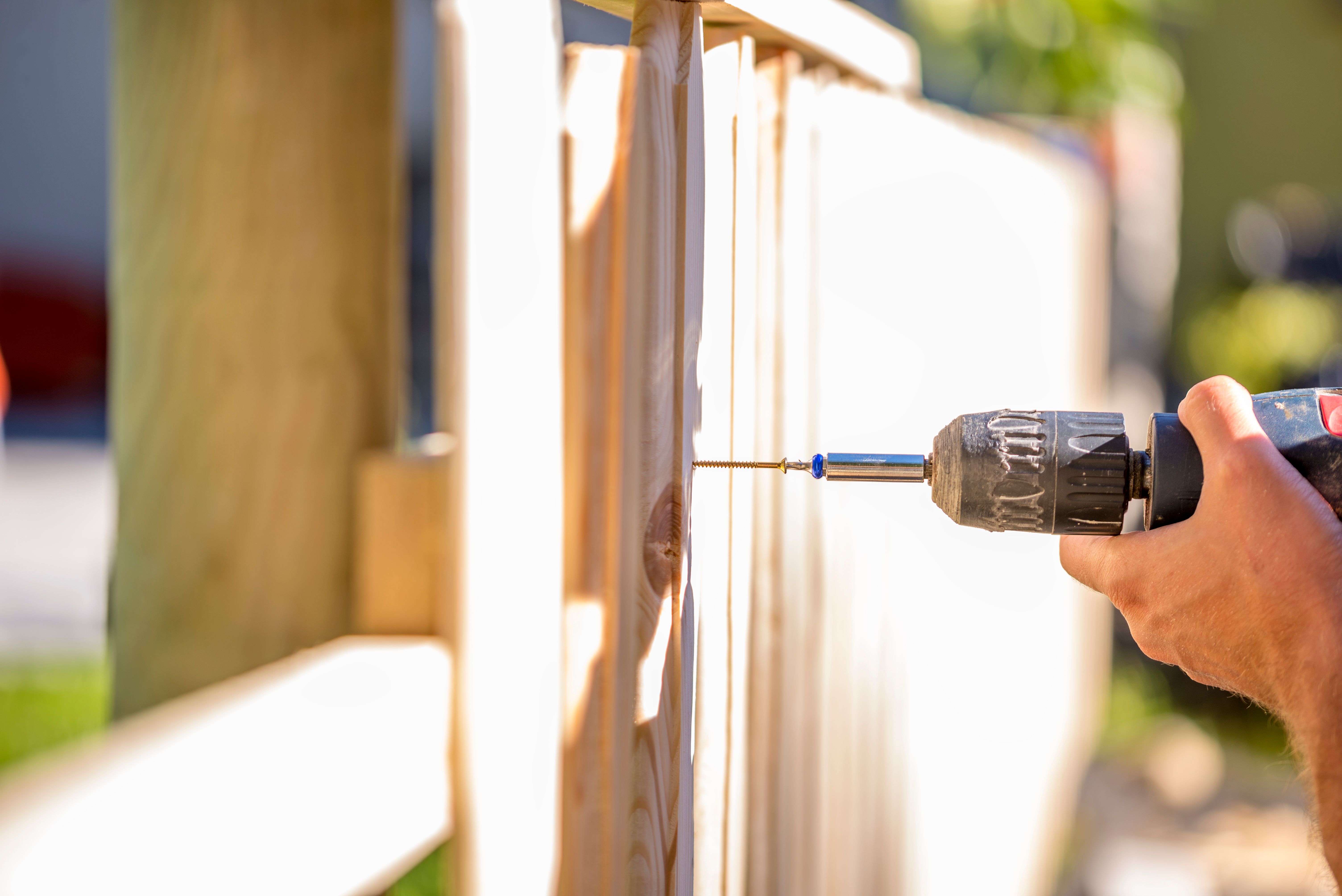Navigating Fence Regulations in an HOA
Understanding HOA Fence Regulations
Homeowners Associations (HOAs) are established to maintain community standards and property values. One of the many aspects they regulate is fencing. Understanding and adhering to these regulations is crucial for homeowners to avoid fines and ensure community harmony.
Generally, HOAs have guidelines that cover the type, height, and color of fences. These rules are often in place to preserve aesthetic uniformity in the neighborhood. Before you start planning your fence, it's important to review your HOA's guidelines thoroughly.

Types of Fences Permitted
Most HOAs specify the types of materials that can be used for fences. Commonly approved materials include wood, vinyl, and wrought iron. Some associations may prohibit chain-link fences due to aesthetic concerns. It’s essential to verify the approved materials with your HOA to avoid any compliance issues.
Another factor to consider is the style of the fence. While picket and privacy fences are generally accepted, they may be subject to specific design requirements regarding slat spacing and decorative elements.
Height and Placement Restrictions
Height restrictions are typically set to ensure that fences do not obstruct views or create barriers within the community. Most HOAs allow backyard fences to be taller than front yard fences, often capping at around six feet for backyards and four feet for front yards.

The placement of your fence is just as important as its height. HOAs often require that fences be set back a certain distance from sidewalks, roads, or property lines. This ensures that the fence does not interfere with public spaces or neighboring properties.
Color and Maintenance Requirements
Colors that blend with the community's overall look are usually mandated by HOAs. Neutral tones or natural wood finishes are popular choices. Some associations may allow you to paint your fence, but only in specific colors that adhere to community standards.
Regular maintenance of your fence is often required to keep it in good condition and in line with community aesthetics. This includes tasks such as repainting, repairing damage, and ensuring structural integrity.

Steps to Ensure Compliance
To ensure compliance with HOA regulations, consider following these steps:
- Review your HOA's guidelines: Obtain a copy of the regulations and read them thoroughly.
- Submit a proposal: Before construction, submit your fence plans for approval. Include details on materials, height, placement, and color.
- Communicate with neighbors: Discuss your plans with adjacent property owners to address any concerns they might have.
Adhering to these steps can help streamline the approval process and foster positive relationships within your community.
Conclusion
Navigating fence regulations in an HOA can seem daunting at first, but understanding the guidelines and maintaining open communication can make the process smoother. By respecting these regulations, homeowners contribute to maintaining the neighborhood's appeal and property values.
